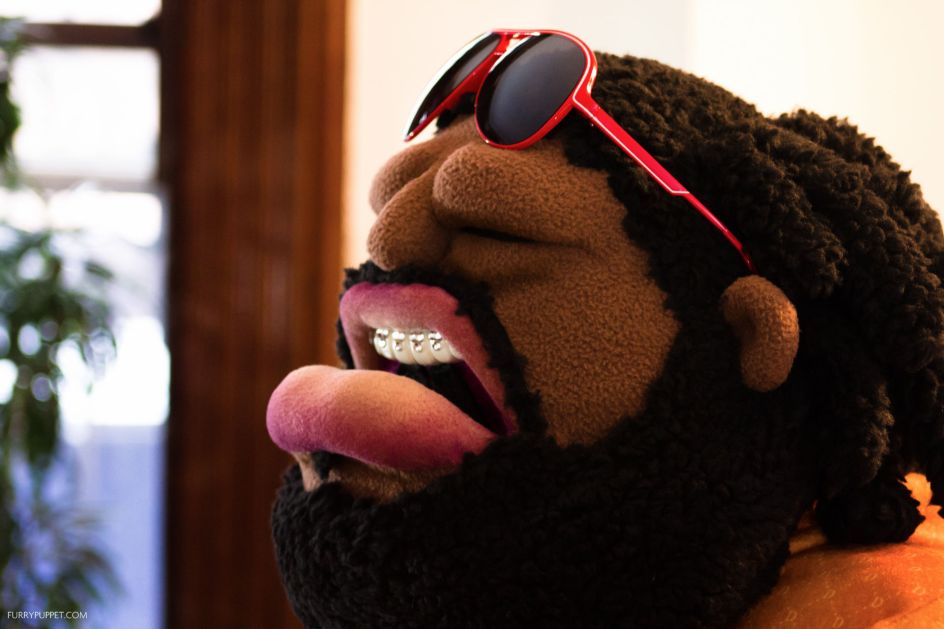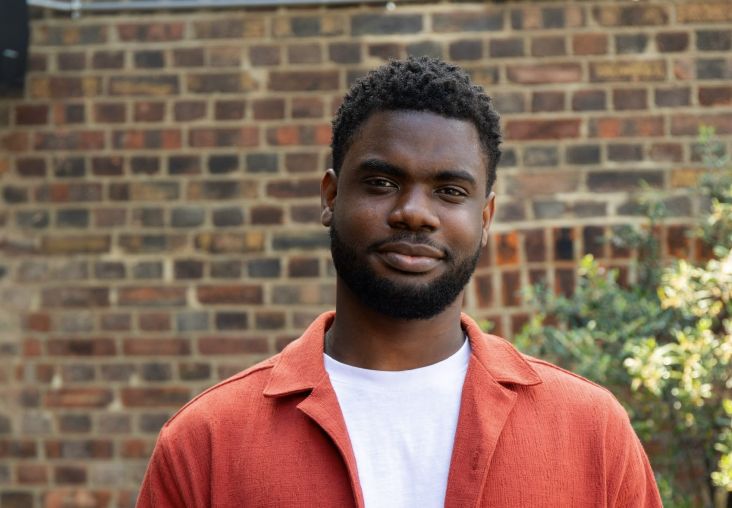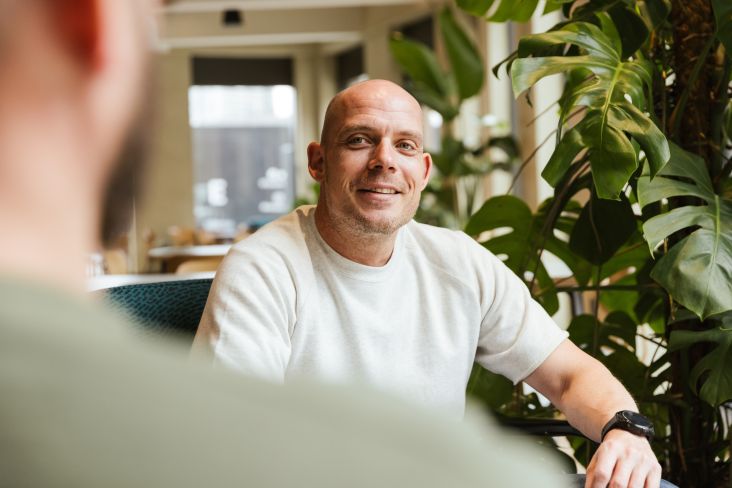Zack Buchman on why the magic of puppetry is more relevant than ever
Furry Puppet Studio founder Zack Buchman tells us about his life-long love of puppetry and why they still make for more relatable characters than their CGI rivals.

Puppets have a timeless appeal. While they might appear to be made of fairly straightforward materials, when put together in the right way, they can conjure distinctive characters that viewers are willing to believe in.
It's these personalities and the potential of simple objects made out of foam and fabric which first fascinated Zack Buchman, the founder of New York-based design agency Furry Puppet Studio, which specialises in creating custom puppets. Armed with a unique, outsider perspective, Zack has gone on to create a team which is reinventing puppetry for modern audiences, with clients including Apple, A-list musicians, and the comedy website Funny or Die.
"This childhood obsession laid the groundwork for my creative journey in what would later become Furry Puppet Studio," he tells Creative Boom. "Our studio is driven by a desire to innovate and push the boundaries of traditional puppetry, infusing it with a modern, more fresh sensibility."


Zack's vision is clearly paying off. Stars such as Jon Hamm and Michelle Obama are just some of the celebrities who have interacted with his studio's work. It's a reassuring endorsement of a medium that may seem antiquated in an increasingly digital world. But then again, Zack is used to seeing things differently.
Despite respecting college and the value of a good education, Zack did not pursue this route. Instead, he moved to New York at a young age and worked as an animator before moving into puppetry. This career path forced Zack to "really rethink the basics" and approach things from a completely new angle.
A prime example of this is when he worked on the Missy Elliott music video for WTF (Where They From). "My team and the choreographer worked closely with a small group of street performers," Zack explains. "They each had a unique method and style that they came up with independently. We kind of reverse-engineered it and restructured our marionettes so they'd be able to work with that same energy. It was really fun."


The project was also one of the most satisfying and complex assignments the team has worked on. "You may not expect it, but marionettes are extremely challenging to work with. And it's not as precise a science as other more modern forms of puppetry like animatronics. It was completely outside of the box, creatively, and we've had a blast." As well as being fun, it was also crowned as one of the best music videos of 2015 by Rolling Stone, proving there's still life in puppetry yet.
When it comes to designing puppets, Zack and the studio usually begin by working together on a bunch of sketches. "I find that intuitively, you make lots of clever choices without even realising it when you're just drawing for fun in an intimate group," he reveals. "And often, those initial sketches are what we keep coming back to throughout the process. Sometimes your brain just knows."
In other instances, the design of the puppet is led by a certain material or synthetic fur that the team has stumbled across. Often, this results in much conceptual research, the fertile breeding ground of ideas. "Once we're happy with the conceptual design, we continue by carving the basic mock-up of the puppet out of foam," he adds. "And that's kind of how the magic begins.
"I would say that two of the most important steps in the process are the conceptual design, in the beginning, and the placement of the eyes, at the end. Both have the capacity to completely transform what the character will end up being."


As an art form, puppets have endured many societal and technological changes. However, in a world on the cusp of an AI revolution, how can puppetry stay relevant in an increasingly digital world? "I guess it depends on the definition of either puppetry or the digital world," Zack argues. "There are so many new technologies that you could describe as an expansion of puppetry. One example: Are VR avatars a form of puppetry? I think that they probably are."
In terms of physical puppetry, though, Zack is confident they remain "effortlessly relevant." He adds, "In a world where everybody is chasing after the next technology, there's so much power in the fact that essentially a simple block of foam with two ping-pong balls on it can create the illusion of life.
"If you know about the uncanny valley, you know that it can be more relatable and create a stronger emotional impact than a high-end CGI character. And it happens in real-time, and you can touch and interact with it. To me, that's magic."


When looking to the future, Zack is also optimistic about what it holds for puppetry, not least due to the introduction of new materials in recent years. "They've made a huge impact on our society (think of leisurewear textiles) and naturally impact puppetry as well," he says.
"3D printing has also had a huge impact on puppet building. And I find that the internet, with its breadth of access to knowledge and references, and communities that have been created around shared interests, has led to a huge resurgence of interest.
"I'm seeing a lot of new talent around me and new possibilities," he concludes. "I think the future of puppetry is awesome."























